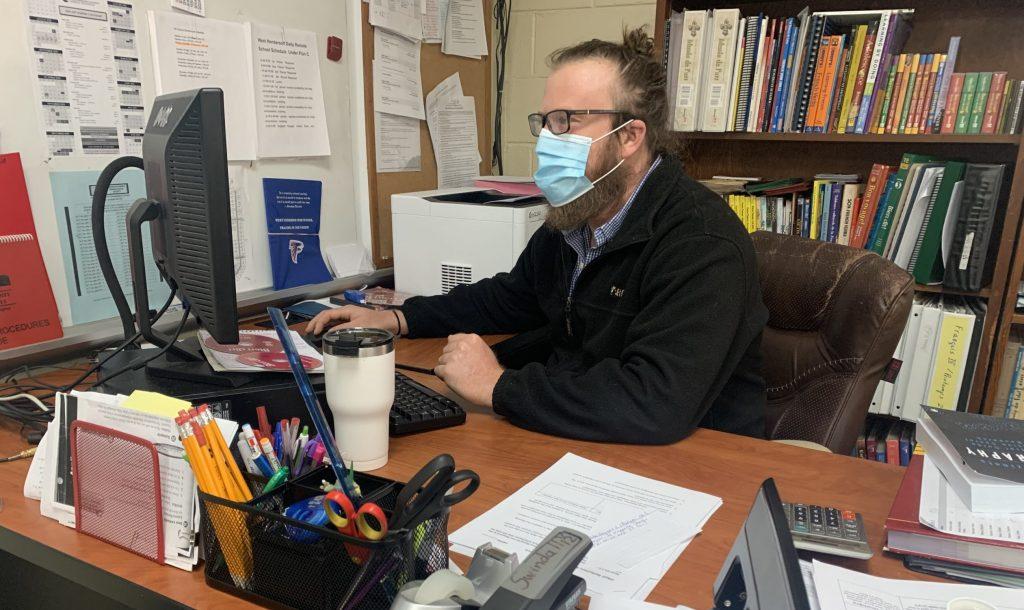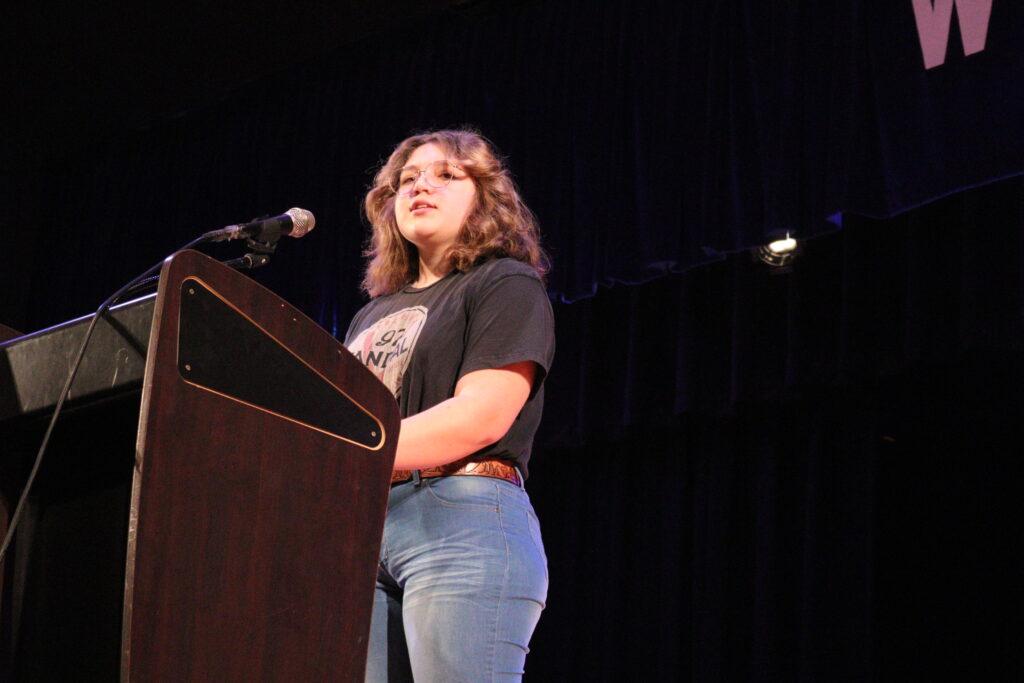In the wake of Covid-19, there’s no question that major adjustments are affecting all aspects of life. Masks are becoming items that many people cannot leave the house without, six feet is becoming a distance that everyone knows and can judge without a second thought, sharing is no longer caring and old fashioned handshakes are now a thing of the past. Professional settings are constantly evolving and this includes schools across the nation. Forms of education are being reformed to adjust to the new norm. As West Henderson dives into virtual learning, teachers are having to find new ways to use technology in the classroom to give students a variety of ways to learn and to have fun while doing so. In all subjects, teachers are incorporating websites and add-ons to everyday learning to help students stay engaged.
“In Mrs. (Elizabeth) Creamer’s dance class, we use the game Just Dance,” sophomore Gracie Todd, said. “It gives me a reason to pay attention and it’s fun while also learning.”
Just Dance is a game that has been available to the general public for years, with its primary marketing target being young adults. It allows players to watch a person dancing, and they follow along. Todd says that it can be a fun way to keep the kids connected and active.
“It feels like a reward,” Todd said. “It can be hard to keep up sometimes, but it is a great way to stay active.”
Core teachers have been incorporating some of these elements of technology into their lessons for some time now, but arts teachers are faced with an entirely separate set of difficulties. Orchestra teacher Tiffany King is finding ways to adapt, though.
“We use a website called Smart Music,” sophomore orchestra student Mason Ray said. “It has made it so much easier to practice my instrument online with all of the cool features.”
Smart Music has many features that are helpful to students and teachers. It has a tuner, a metronome and many songs to choose from. The teacher can keep track of your progress and how long you have been practicing.
“It allows teachers to assign songs and scales,” Ray said. “It listens to make sure all of the notes are correct and it grades it for you, so the teachers don’t have to.”
Part of the classroom environment is social interaction, and it can be difficult to have this in the virtual classroom. Whether it’s small talk at the beginning of class, or small group discussions, students agree that they are having a hard time participating in these things. Teachers also say that they have had a hard time getting feedback and seeing the reactions of the students. One way for teachers and students to stay connected and build back some of this interaction is the Nod Google Meet add-on that science teacher Kathleen Abraham is using.
“It makes it way more interactive and fun,” sophomore Olivia Payne said. “It makes it easier to pay attention to class.”
Nod has reaction emojis that the students can send for the class to see. They can show a thumbs up, a raised hand, smiley faces and more. It is a great way to keep the student’s attention and to allow them to give feedback.
“I think it is very helpful to me,” Payne said. “This situation can be frustrating at times but Mrs. Abraham is very patient and forgiving.”
Ms. Wright’s calculus class has been using technology to their advantage by setting up breakout rooms, where students can talk to each other in small groups on a separate call. Tom King also employs this tool in his AP Seminar class. This allows students to work together to strengthen their learning. They would also do challenges, where the groups were competing against one another.
“We were competing against another team,” senior Caroline Maxon said. “It was really cool to get to interact with my classmates.”
This interaction with the students has helped them adjust to the switch from in-person to virtual.
“It helped me warm up to the class,” Maxon said. “It was a cool transition.”
No one knows how long it will be until school goes back to normal, but West now knows that students will have the opportunity to return to the classroom on Sept. 28. West will have limited occupancy and students will only attend a few days a week, but for some students, it is better than virtual.
“I do plan on going back,” Payne said. “I don’t feel like I’m learning as much online.”
As much as students would like to go back to school and see their friends, there is still a health concern. Many students are not yet comfortable returning to the real classroom.
“I don’t want to be responsible for someone else getting sick,” Ray said. “The virus is still bad in many areas.”
While West remains in the virtual classroom, teachers will continue to use technology to help their students learn in the best ways possible.
“I think my teacher has handled it really well,” Ray said. “We get to learn in a variety of different ways every day.”
By: Ashley Mullis, Feature Writer







